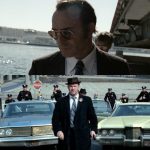Apollo 13 (1995)
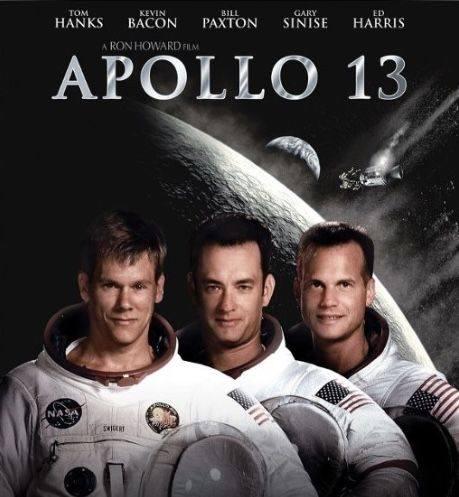

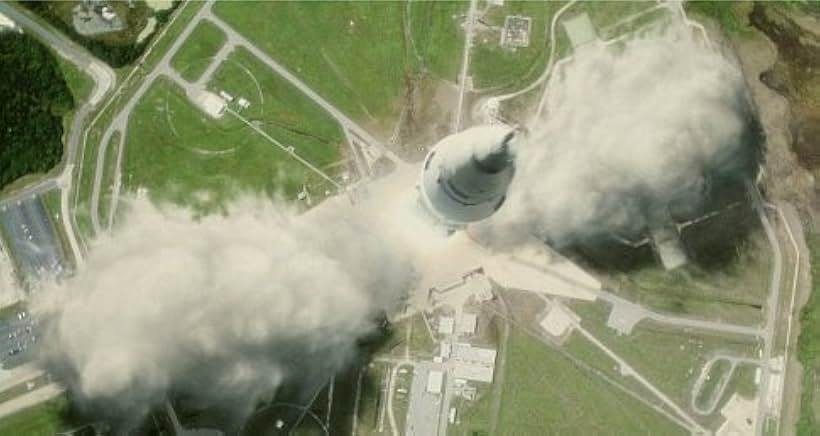
Plot Overview: The film stars Tom Hanks as Commander Jim Lovell, Kevin Bacon as Command Module Pilot Jack Swigert, and Bill Paxton as Lunar Module Pilot Fred Haise. Their mission to land on the Moon takes a dire turn when an oxygen tank explodes, damaging the spacecraft and forcing the crew to abort their lunar landing. With the spacecraft crippled and life support systems failing, the astronauts must work with NASA’s ground control team, led by Flight Director Gene Kranz (played by Ed Harris), to devise a daring and ingenious plan to return safely to Earth.
Key Characters:
- Jim Lovell (Tom Hanks): The mission commander, whose leadership and calm under pressure are crucial in guiding the crew through the crisis.
- Jack Swigert (Kevin Bacon): The command module pilot, whose quick thinking helps address critical system failures.
- Fred Haise (Bill Paxton): The lunar module pilot, who works with the crew to manage the limited resources and maintain their survival.
- Gene Kranz (Ed Harris): The flight director who leads the NASA team on the ground, coordinating the efforts to solve the crisis.
- Ken Mattingly (Gary Sinise): An astronaut who was originally part of the mission but was replaced due to health issues; he provides crucial support from the ground.
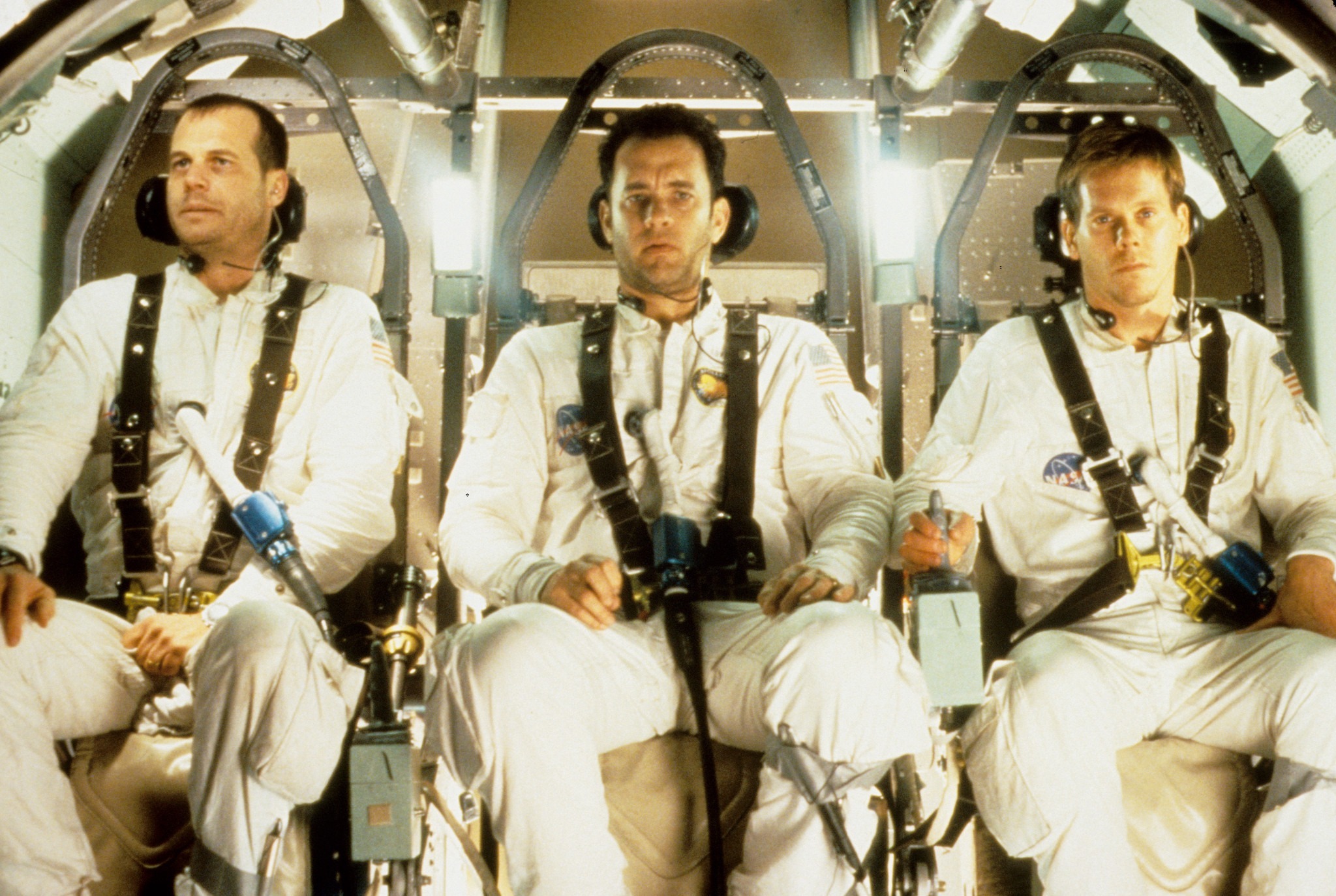
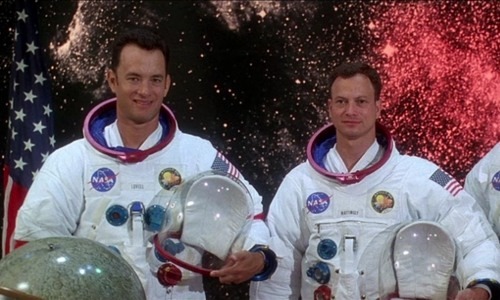
Thematic Elements: The film explores themes of teamwork, resilience, and ingenuity. It highlights the human spirit’s capacity to confront and overcome seemingly insurmountable obstacles through collaboration and innovation. The story showcases the intense pressure and urgency faced by the astronauts and NASA’s ground crew, emphasizing their determination to bring the crew home safely.
Stylistic Choices: Ron Howard’s direction is noted for its meticulous attention to detail and authenticity. The film employs practical effects and real NASA footage to recreate the 1970s space environment accurately. The tension is heightened by a suspenseful score and realistic portrayal of the technical challenges faced by the astronauts. The cinematography and special effects contribute to the film’s immersive experience, making the viewer feel the gravity of the situation.
Reception: “Apollo 13” received widespread acclaim for its accurate depiction of the mission and its compelling performances. It was praised for its technical precision, emotional depth, and the way it captured the spirit of the Apollo program. The film was nominated for several Academy Awards and won Oscars for Best Film Editing and Best Sound. Its portrayal of the real-life drama has made it a celebrated example of historical filmmaking.
In summary, “Apollo 13” is a powerful and realistic portrayal of a crucial moment in space exploration history. With strong performances, a gripping narrative, and a commitment to authenticity, it stands out as a remarkable film that highlights the bravery and resourcefulness of those involved in one of NASA’s most challenging missions.




